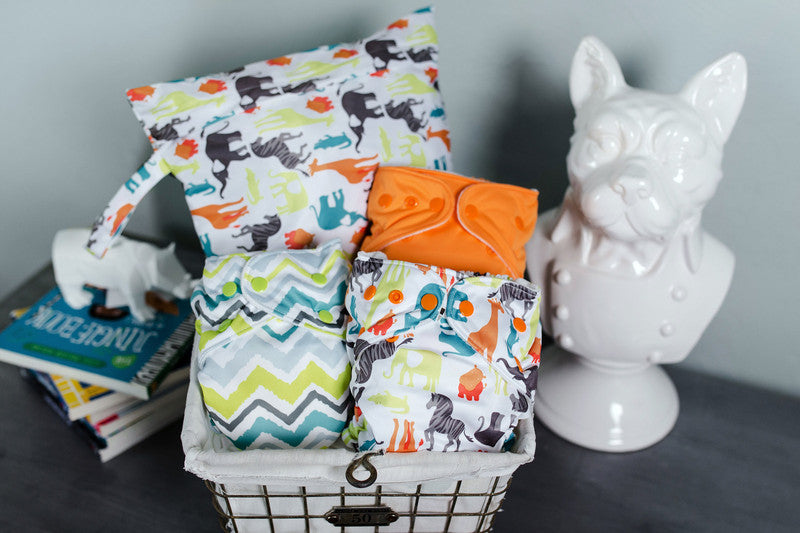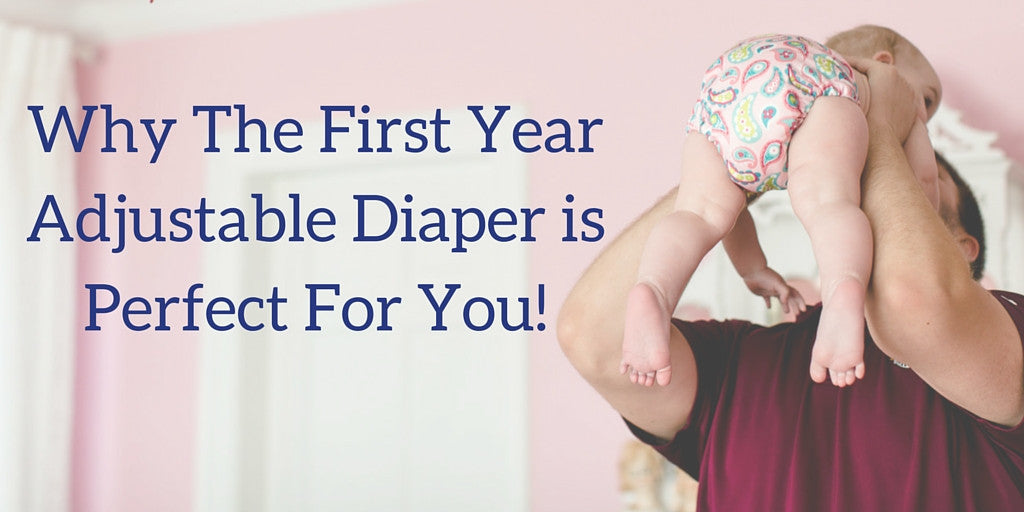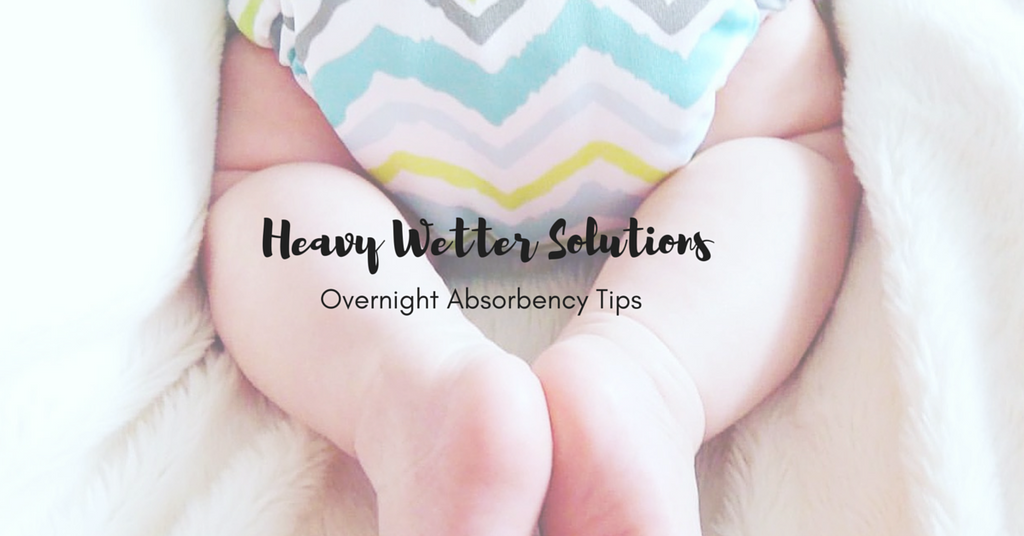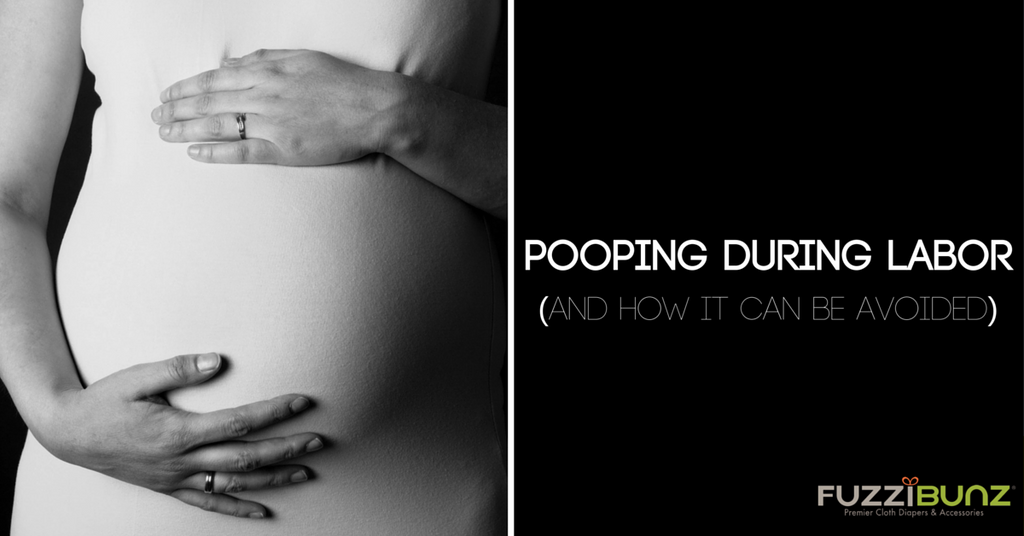I wouldn’t doubt if every pregnant woman on the planet has worried about (or at least heard horror-stories about) pooping during childbirth. I know I heard plenty about it, and it freaked me out so much that during delivery with my first child, even with being numb from an epidural, I somehow managed to push while keeping my pucker clenched up so I wouldn’t let loose on the table.
That probably sounds hilarious (or horrific), but I bet I’m not the only woman who’s done it.
Your OBGYN, midwife, down-to-earth friends, etc. will tell you that it’s no big deal if you do let go during childbirth (and seriously, it isn’t a big deal at all), but that doesn’t soothe every woman’s psyche.
So let’s look at some facts and potentially helpful tips to (hopefully) ease your mind a bit regarding this “delicate” subject.
Fact: The majority of women end up pooping while giving birth. You are basically bearing down like you’re going to have a bowel movement anyhow when you push, so it’s very common to actually havea bowel movement.
A (hopefully) comforting thought about experiencing this is that your doctor, midwife, nurses, etc. are all used to seeing poop (and blood, and mucous, and vomit, and anything else you can imagine) and it doesn’t even phase them. They will simply wipe it away without skipping a beat and continue focusing on you and your baby. And YOU will likely be too focused on you and your baby to even know that you did it!
Tip: Tell your partner and anyone else who might be present with you during labor NOT to tell you if you do happen to poop. Why would you really need to know that anyhow? That isn’t even remotely the focal point of what’s happening. Plus, there’s no need to relive such an unimportant moment (and potentially get embarrassed about it unnecessarily).
Fact: For many women, your body will begin to cleanse itself in early labor. Once the contractions begin, a lot of women will feel like they need to poop. And most of them do! So at the very least you can feel comforted somewhat knowing that there is an opportunity to clear out some of your bowels before you get into active labor.
Tip: Do NOT try to poop once you’re transitioning or in active labor. Any pressure that you feel in your rectum is your baby making it’s descent towards your vaginal opening. If you actually have to poop and can do so gently, that’s fine, but do not try to strain on purpose simply because of your fear of going in front of others. This can damage your cervix and/or your rectum and plus it’d just be downright uncomfortable!
Fact: If you do end up pooping during labor, you will know that you’re pushing properly since the same muscles used to have a bowel movement are the same muscles used to push your baby out! Good job, mama!
Tip: Try to relax and focus more on the fact that you are SO CLOSE to getting to meet your new son or daughter!! In the grand scheme of things, even though it’s totally understandable why you might be self-conscious about something embarrassing happening, in reality isn’t the end result worth anything uncomfortable that may happen during labor?
One of the best tips I can give is to write down your fears before your estimated due date. Really focus on why you’re afraid of the things you list, and what the worst case scenario could be. Then, write down how you would like to handle the situation if something does arise. I think that being prepared and having put real, rational thought into all possibilities can do so much for helping you to remain calm and communicative if something does happen. And on the other hand, if NOTHING happens, then you’ll at least be able to enjoy it!







